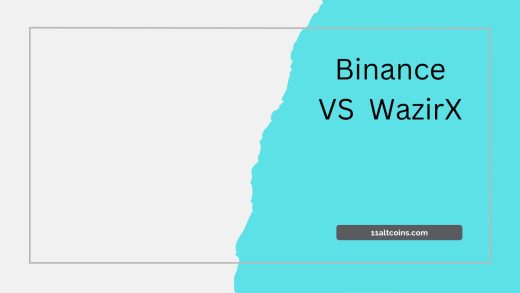The Gini Index is a statistical measure that is used to evaluate the degree of income inequality within a particular population. This index has become increasingly popular in recent years as a tool for assessing the distribution of wealth and income in different economies. In this blog post, we’ll explore what the Gini Index is, how it works, and why it’s relevant for cryptocurrency.
What is the Gini Index? The Gini Index, also known as the Gini coefficient, is a measure of the inequality of a distribution, specifically income distribution. It was first introduced by the Italian statistician Corrado Gini in 1912 and has since been widely used to measure income inequality across countries and regions. The Gini Index is expressed as a value between 0 and 1, where 0 represents perfect equality and 1 represents perfect inequality. In other words, a higher Gini Index score indicates a higher degree of income inequality.
How the Gini Index Works To calculate the Gini Index, we start by ranking the population in terms of income, with the highest earner at the top and the lowest earner at the bottom. Then, we divide the population into 100 equal parts and measure the area between the Lorenz curve and the line of equality. The Lorenz curve is a graphical representation of the cumulative distribution of income within a population, where the line of equality represents perfect equality. The Gini Index is calculated as the ratio of the area between the Lorenz curve and the line of equality to the total area under the line of equality.
Why is the Gini Index Relevant for Cryptocurrency? The Gini Index has become relevant for cryptocurrency because it provides a way to measure the distribution of wealth and income within the cryptocurrency community. This is important because the decentralized and open nature of cryptocurrency has the potential to disrupt traditional models of wealth distribution, creating a more equitable and fair system. By measuring the distribution of wealth and income within the cryptocurrency community, we can assess whether the goals of decentralization and fairness are being achieved.
Additionally, the Gini Index can also help us identify the concentration of wealth within the cryptocurrency community and the extent to which wealth is being distributed more evenly. This can provide valuable insights into the overall health and stability of the cryptocurrency market, as well as the potential risks and challenges that may arise.
The Gini Index for Cryptocurrency The Gini Index for cryptocurrency has been calculated for several popular cryptocurrencies, including Bitcoin, Ethereum, and Ripple. The results of these calculations have shown that the distribution of wealth and income within the cryptocurrency community is highly concentrated, with a small number of individuals holding a significant portion of the total wealth.
For example, a recent study found that just 1% of Bitcoin addresses hold more than 40% of the total supply of Bitcoin. This concentration of wealth has led to criticism that the cryptocurrency market is inherently unequal and that it benefits only a small group of wealthy individuals.
Conclusion The Gini Index is a valuable tool for evaluating the distribution of wealth and income within the cryptocurrency community. By measuring the concentration of wealth and income, the Gini Index can provide valuable insights into the overall health and stability of the cryptocurrency market, as well as the potential risks and challenges that may arise. Additionally, by using the Gini Index to assess the distribution of wealth and income within the cryptocurrency community, we can determine whether the goals of decentralization and fairness are being achieved.








